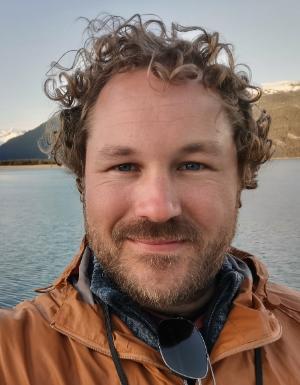The apparent brightness and colour of a surface is strongly dependent on the colours and patterns of its surrounds. Explanations for phenomena such as colour assimilation and induction, simultaneous contrast, contrast induction, and colour constancy encompass a range from low-level neural mechanisms to high-level processes that incorporate contextual information or prior knowledge. We have recently found that a computational model based on the principle of efficient coding - the spatiochromatic bandwidth limited model (PLOS Comp. Biol. 19 p.e1011117) - predicts colour appearance for human observers, including a wide variety of visual ‘illusions’. The model assumes that the image is encoded by noisy spatio-chromatic filters at one octave separations, which are either circularly symmetrical or oriented. Each spatial band’s lower threshold is set by the contrast sensitivity function, and the dynamic range of the band is a fixed multiple of this threshold, above which the response saturates. Filter outputs are then reweighted to give equal power in each channel for natural images (i.e. whitened). As the underlying mechanisms are simple and feed-forward, and principle of coding efficiency applies universally to sensory coding the model provides a principled basis for predicting colour appearance to non-human species, based solely on of their photoreceptor spectral sensitivities and behavioural contrast sensitivity functions. Notably birds have been found to have good spatial resolution, but lower contrast sensitivity than humans and other mammals. Here will look at how these characteristics affect the appearance of the animal visual signals and camouflage patterns that are directed at birds, compared to humans.
Daniel Osorio works at the University of Sussex. He has studied visual physiology and behaviour in all kinds of animals, most recently birds, fish and cuttlefish. Currently Daniel is interested in the various physical causes of spatial information in natural images - light and shadow, pigmentation and gloss across the spectrum.

Jolyon Troscianko's work investigates how visual information affects animal behaviour, evolution and conservation. He works across a range of systems, for example the influence of light pollution on moth behaviour, or the role of camouflage in ground-nesting bird survival. He also develops computational models of colour appearance for animal vision that help us to understand how other animals see the world, helping us to understand the role of vision in nature.

